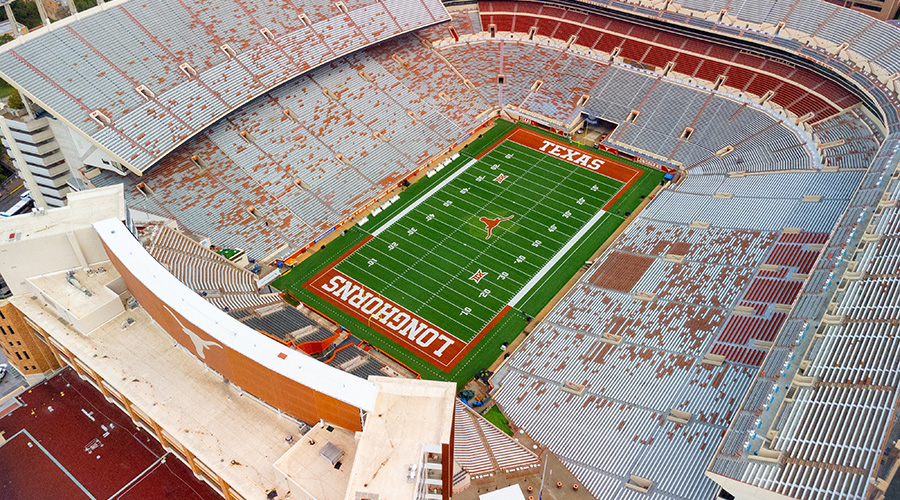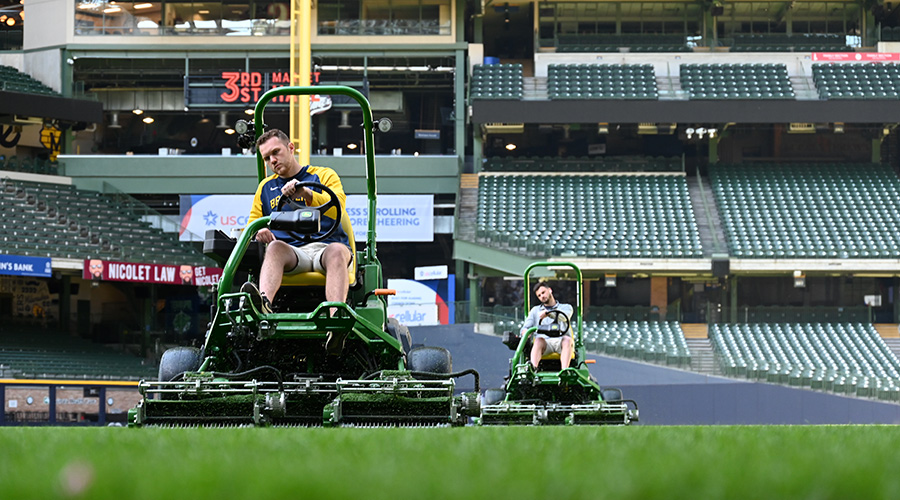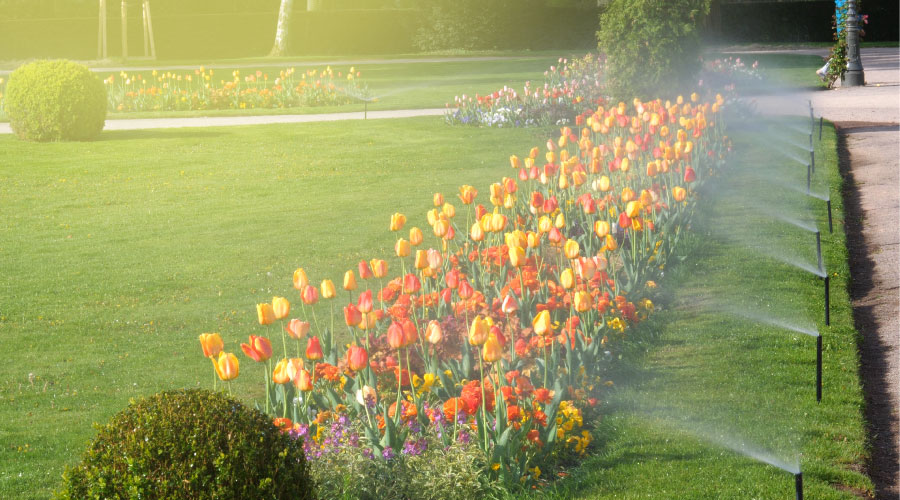Water Conservation: Quantify Savings for Top Management
The least expensive part of water-conservation programs is the discovery phase — determining resources, assessing needs, and making the case for meeting those needs. If managers conduct this phase thoroughly and accurately, not only will they be able to show quantitative savings. They also will have vital information before making an investment.
Namely, they will have the savings versus cost payback and return on the investment in hand to show top management during budget preparation. The information helps ensure management approves the funds needed to carry out the implementation. And managers will have a definite target against which to compare actual savings, ensuring installed products save money.
Managers can estimate gallons per year saved from toilet-fixture upgrades by determining the number of flushes per day and multiplying this figure by the gallons saved per flush and the number of days used per year. Multiplying the gallons by the sum of the water and sewer rates in dollars per gallon equals the savings per year.
Managers can measure water-conservation savings in outdoor applications with the same planning and before-and-after measurements. Portable water meters or fixed sub-meter systems can measure all landscaping water use. Measuring not only will ensure actual savings result from water-conservation programs. It also will form the means to continuously monitor the system for future improvements.
Finally, managers can generate additional savings from making building occupants and visitors more aware of the need to save water. Awareness programs get users involved through behavior changes.
If the program combines planning, product upgrades, proper maintenance, and behavior changes, managers will ensure significant returns on a relatively modest investment, and facility users will give management high marks for customer satisfaction.
Related Topics:














